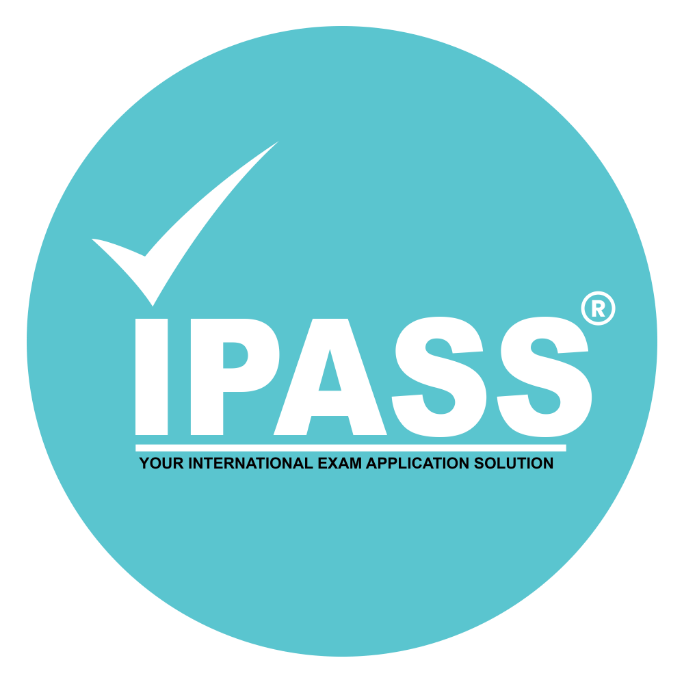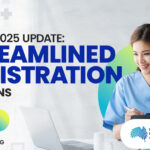Your cart is currently empty!

The Complete Guide: Everything About Next Generation NCLEX (NGN)
Landing a nursing job in the United States takes work. A nurse’s qualifications, knowledge, and skill in the field come into play as a means of determining competence through taking an exam. The National Council Licensure Examination (NCLEX) is an exam that is a significant factor for nurses who wish to practice their profession in the US, Australia, or Canada. Thus, many nurses prepare intensively for this exam.
Taking the NCLEX is integral to acquiring the license to practice a nurse’s profession in the US, Canada, or Australia. This exam is fundamental in determining how safe and capable a nurse can be as an entry-level nurse in these countries. In addition, the NCLEX-RN measures a nurse’s analysis, application, and critical thinking skills in situations requiring nursing judgment.
With the introduction of the Next Generation NCLEX, the NCLEX is improved more than ever. In addition, nurses must know precisely how the new and improved exam works to avoid being overwhelmed by what’s new.
About the NGN
Is NGN a new exam? The answer is no, and it’s not a new or separate exam from the current NCLEX.
The Next Generation NCLEX is an improved version of the current NCLEX. The NGN will be in full effect by next year, April 2023. Simultaneously, the 2019 NCLEX-RN Test Plan’s effectiveness ends by March 2023.
It emphasizes nurses making clinical judgments where they are to analyze, problem solve, make decisions, and arrive at a nursing diagnosis. In addition, the NGN’s objective is to assess a nurse’s clinical judgment and decision-making using innovative and new item types. The new item types are not replacing the old ones; they are only added to better measure a nurse’s capabilities.
What are the new NGN item types?
The Next Generation NCLEX will introduce a new exam format, namely, the case study-based format and the new item types. Below are the following NCSBN-approved new item types for the NGN:
Drag and Drop
This item type involves test takers dragging answer/s from the word choices to the blank spaces to complete the correct sentence. And to construct the right sentence, the test taker must understand the accompanying patient scenario.
Drop-down
The drop-down NGN item type provides respondents with a menu to choose from to answer the questions. This item type has three categories:
• Drop-down cloze – This question type provides an electronic health record (EHR) that students may refer to complete statements. This item can have more than one drop-down option for respondents.
• Drop-down rationale – The drop-down rationale question type presents respondents with a cause and effect/s sentence to complete using the drop-down options provided. They are also provided an electronic EHR on which they would base their answers.
• Drop-down table – Similar to the drop-down rationale, this question type uses a cause-and-effect basis from a client scenario.
Multiple Choice
These item types present respondents’ client scenarios or case studies followed by a multiple-choice question. The question includes a problem or “stem,” answer choices, distractors, and one best correct answer. Answer choices in these questions usually contain distractors that are plausible answers, but they are not the ‘most’ right.
• Matrix Multiple Choice – This item type gives respondents a set of patient data, and they are to select the most appropriate answer from each column in the answer choice.
Extended Multiple Response
The Extended Multiple Response item types expand the current Multiple Response in the NCLEX. In addition, this item type will have more answer options, including distractors. Select all applicable answers based on the question to receive a complete credit score for items like these. In addition, this item type comes in Matrix format, SATA, Select N, and Grouping.
Highlight
The Highlight item type in the NGN presents respondents with an electronic health record (EHR) which they must review and highlight parts of the text that are critical information. There are two types of highlight-type questions: the Highlight Text and the Highlight Table.
• Highlight Text – Respondents are to determine and highlight information/s of the text that is critical for the action. Respondents can freely highlight and unhighlight as necessary.
• Highlight Table – Respondents are to highlight critical information presented from a table.
Bowtie
The Bowtie item type integrates all six Clinical Judgment Measurement Model (CJMM) steps. The bowtie question provides a patient scenario; respondents must drag and drop items to answer the question. However, it is different from the typical drag-and-drop item type because respondents would need to analyze the possible medical condition or complication the patient is having.
The question is set up like a bowtie, where the left is the Actions to Take, and the right is the Parameters to Monitor. By determining the Potential Condition —the center part of the bowtie—respondents can then drag and drop the actions necessary to address their condition and the parameters to monitor their respective sides.
Trend
Trend questions in the NGN provide respondents with a client scenario with findings over time. They are to review this information to answer the question as a multiple-choice or multiple-response question. In addition, test takers are encouraged to read and understand trend questions carefully to spot and analyze cues that may help answer the question.
Matrix/Grid
The Matrix/Grid questions are like case studies or client scenarios that unfold as respondents answer the question. This item type involves radio buttons or square buttons in a table format. Similar to the Bowtie item type, the matrix/grid item type is part of the CJMM, where the respondent’s ability to make client care decisions are assessed.
Summing up
As we near the official beginning of the utilization of the Next Generation NCLEX, it is vital that nurses are well prepared and have familiarized themselves with this new and improved exam format. While it is not a separate exam from the current NCLEX, it is helpful that aspiring nurses know what to expect on the exam day.
The NGN is made to further and better assess a nurse’s ability to make clinical judgments. The NCSBN Clinical Judgment Measurement Model enables a profound measure of their capabilities to make safe decisions by employing new item types. These item types allow test-takers to make analytical decisions rather than rely solely on their intuitive methods to answer exam questions.
We at IPASS have your back! IPASS Processing offers its service to nurses who wish to apply for the NCLEX in the United States. We ensure to provide and deliver you a smooth and hassle-free NCLEX application. For more inquiries, contact us now!
Recommended Reads
- May 2025 PNLE Board Exam Results
- Ace the May 2025 PNLE: Final Week Preparation Tips
- Nursing Job Opportunities in the Philippines for USRNs
- AHPRA Registration 2025: Updated Pathways for IQRNs
- The Benefits of Pursuing a Midwifery Career in the UK
Recommended Topics
- ASCPi (1)
- Australia (8)
- Canada (5)
- Exam Tips (28)
- General (120)
- IPASS Events (10)
- IPASS News (129)
- Middle East Nursing (17)
- NCLEX (63)
- New Zealand (3)
- NMBI Ireland (1)
- Online Review (13)
- PNLE Online Review (3)
- Tourist Visa (1)
- UKNMC (1)
- US Nursing (12)
- UWorld (1)
- VisaScreen (3)
One response to “The Complete Guide: Everything About Next Generation NCLEX (NGN)”
We appreciate to always keep us posted on this Next Gen NCLEX exam.








Leave a Reply